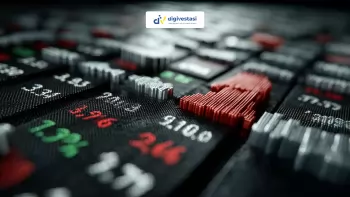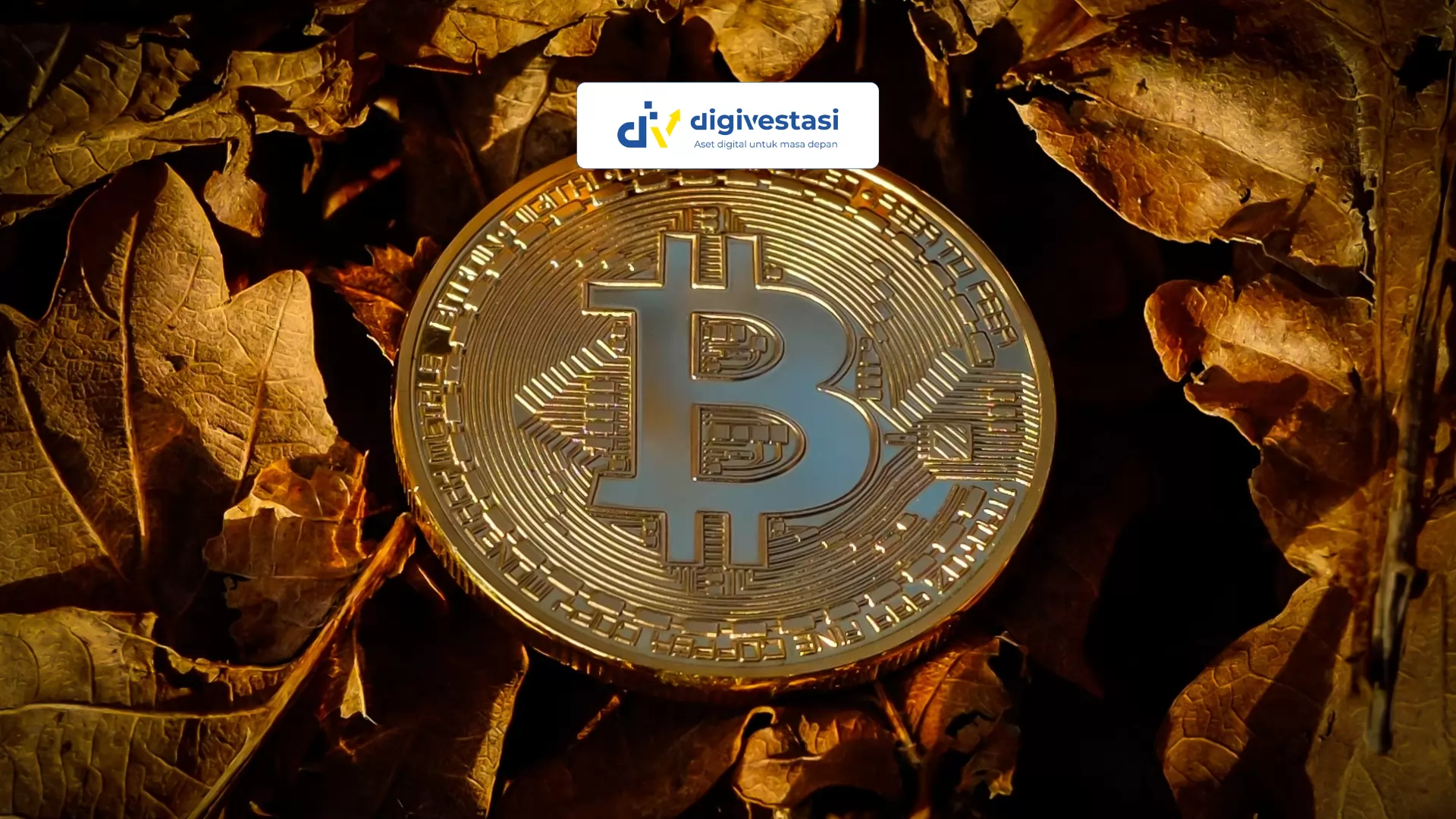
Saham News
Foreign Investors Quietly Buy These 10 Stocks - Check the List!
/index.php
Crypto News - Posted on 17 July 2025 Reading time 5 minutes

Bitcoin (BTC) mining activity in 2025 has entered an increasingly competitive phase. While BTC’s price surge to $120,000 in July 2025 creates profit opportunities, it also intensifies competition. Data shows the network hashrate reached 908 EH/s and is projected to climb to 943 EH/s by the end of May 2025.
BTC’s price increase of around 20% throughout May boosted mining profitability by 18.2%, according to a Jefferies report. However, soaring hashrates keep profit margins tight. On the bright side, ASIC machine prices have dropped significantly—from around $80 per T-Hash in 2022 to just $16 per T-Hash in 2025.
Recent studies emphasize that scale and efficiency are critical. ASIC rigs with efficiency below 30 J/TH are now considered the standard to maintain viability. Electricity costs also play a decisive role. CCN’s analysis indicates that for home mining rigs, electricity rates must stay under $0.05–$0.06 per kWh to achieve daily profits of $10. If rates exceed $0.07 per kWh, profitability is nearly impossible.
A popular solution in the industry is the use of renewable energy and surplus power from power plants. A study in South Korea shows that utilizing surplus electricity can improve efficiency while reducing the burden on national grids.
Beyond Bitcoin, altcoins such as Dogecoin, Litecoin, and Ethereum Classic are becoming attractive alternatives for small-scale miners due to lighter competition and lower power requirements.
Large-scale companies hold a clear advantage. For example, Hyperscale Data recorded revenue of $11.2 million in 2025, mining 103.7 BTC by June, with $1.5 million contributed in June alone.
Conversely, individual miners must now be extremely selective. Profitability is only feasible in regions with low electricity costs or when using renewable energy sources. Joël Valenzuela of Uminers emphasizes that mining remains a crucial component for network decentralization and an accessible entry point for beginners.
Government policy continues to shape the mining landscape. Supportive regulations in the U.S. and Europe create growth opportunities, although criticism over environmental impact remains strong. Positive sentiment surged after U.S. President Donald Trump signed an executive order in early 2025, making Bitcoin part of the national strategic reserves. This policy strengthened Bitcoin’s legitimacy among institutions while introducing new challenges around regulation and environmental concerns, such as noise complaints from agricultural areas in the U.S.
What do you think about this topic? Tell us what you think. Don't forget to follow Digivestasi's Instagram, TikTok, Youtube accounts to keep you updated with the latest information about economics, finance, digital technology and digital asset investment.
DISCLAIMER
All information contained on our website is summarized from reliable sources and published in good faith and for the purpose of providing general information only. Any action taken by readers on information from this site is their own responsibility.